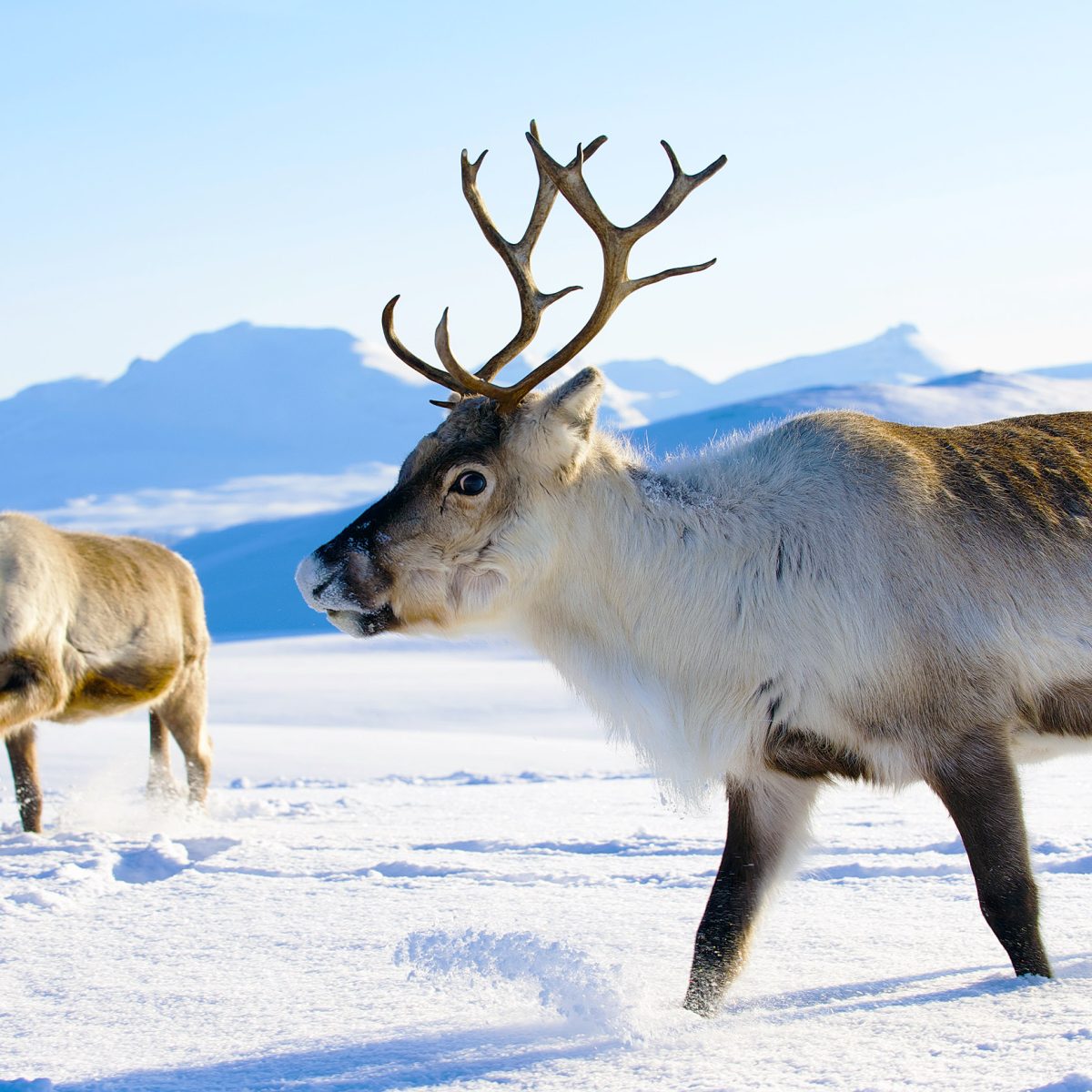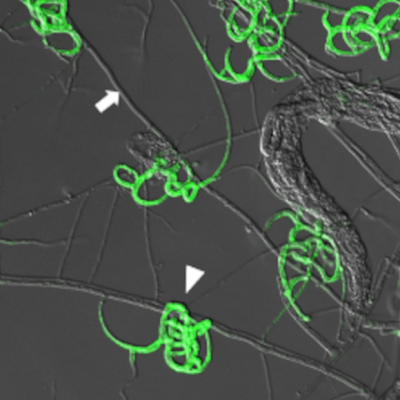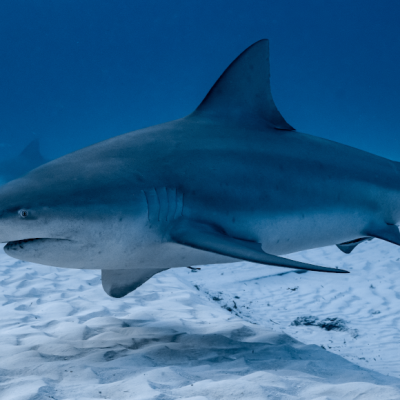Scientists have made a fascinating discovery about the sleep patterns of arctic reindeer. These animals live in an environment where the amount of daylight changes dramatically throughout the year, and they have adapted to this by becoming arrhythmic during the solstices. The researchers wanted to find out how the reindeer’s sleep patterns were affected by these extreme environmental conditions.
Using non-invasive EEG technology, the scientists studied the sleep patterns of four Eurasian tundra reindeer in Tromsø, Norway during the fall equinox and both solstices. They found that the reindeer’s sleep-wake rhythms followed their daily activity patterns, and that sleep deprivation resulted in a homeostatic rebound in all seasons. However, the sleep rebounds were smaller in summer and fall than in winter.
What was most surprising was that the reindeer were able to reduce their sleep need during rumination, which is a period of undisturbed digestion. This suggests that they can sleep during rumination, which allows them to feed almost constantly during the arctic summer.
This discovery sheds new light on how animals adapt to extreme environmental conditions. The ability to reduce sleep need during rumination is a unique adaptation that allows the reindeer to thrive in an environment where food is scarce and the amount of daylight changes dramatically throughout the year.
Overall, this study highlights the importance of understanding how animals adapt to their environment. By studying the sleep patterns of arctic reindeer, scientists have gained new insights into how animals can survive and thrive in extreme conditions. This discovery is sure to spark further research into the fascinating world of animal behavior and adaptation.










